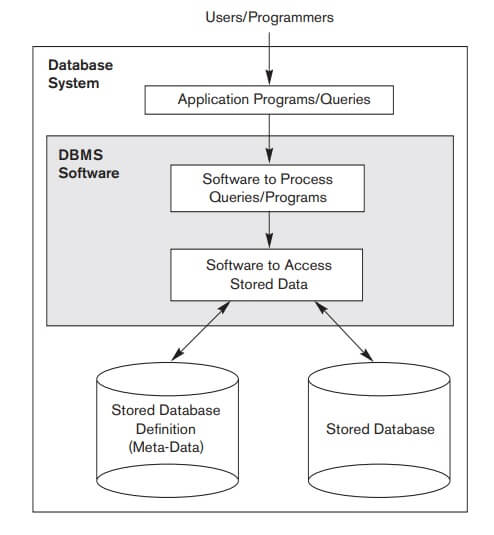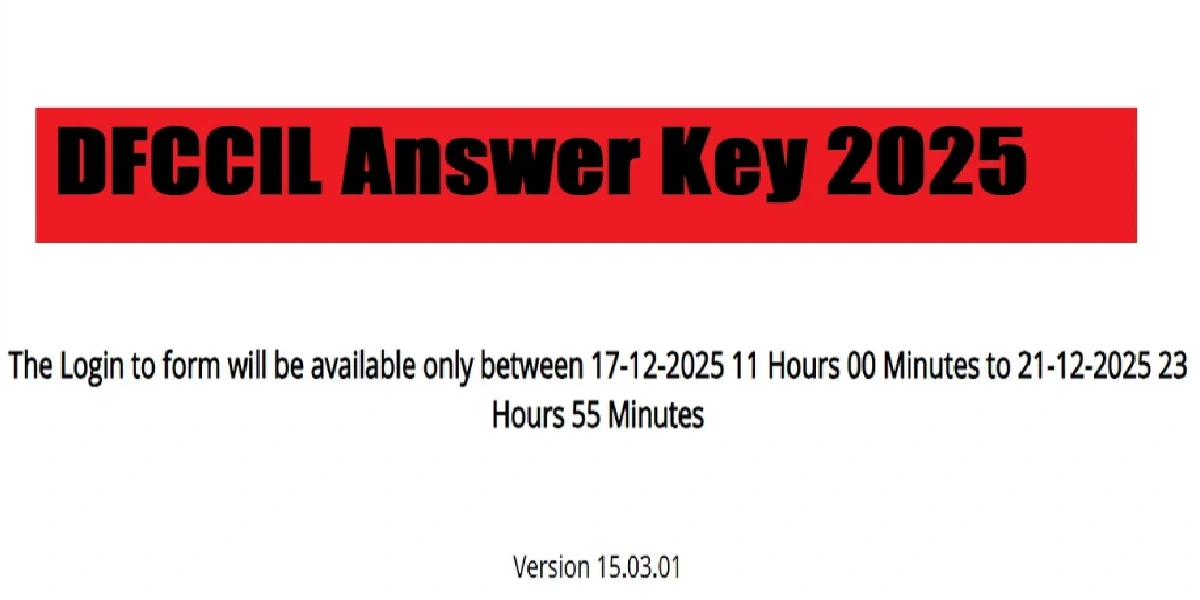Databases and database technology have a major impact on the growing use of computers. It is fair to say that databases play a critical role in almost all areas where computers are used, including business, electronic commerce, engineering, medicine, genetics, law, education, and library science. The word database is so commonly used that we must begin by defining what a database is. Our initial definition is quite general.
A database is a collection of related data. By data, we mean known facts that can be recorded and that have implicit meaning. For example, consider the names, telephone numbers, and addresses of the people you know. You may have recorded this data in an indexed address book or you may have stored it on a hard drive, using a personal computer and software such as Microsoft Access or Excel. This collection of related data with an implicit meaning is a database.
The preceding definition of database is quite general; for example, we may consider the collection of words that make up this page of text to be related data and hence to constitute a database. However, the common use of the term database is usually more restricted. A database has the following implicit properties:
- A database represents some aspect of the real world, sometimes called the miniworld or the universe of discourse (UoD). Changes to the miniworld are reflected in the database.
- A database is a logically coherent collection of data with some inherent meaning. A random assortment of data cannot correctly be referred to as a database.
- A database is designed, built, and populated with data for a specific purpose. It has an intended group of users and some preconceived applications in which these users are interested.
In other words, a database has some source from which data is derived, some degree of interaction with events in the real world, and an audience that is actively interested in its contents. The end users of a database may perform business transactions (for example, a customer buys a camera) or events may happen (for example, an employee has a baby) that cause the information in the database to change. In order for a database to be accurate and reliable at all times, it must be a true reflection of the miniworld that it represents; therefore, changes must be reflected in the database as soon as possible.
A database can be of any size and complexity.
For example, the list of names and addresses referred to earlier may consist of only a few hundred records, each with a simple structure. On the other hand, the computerized catalog of a large library may contain half a million entries organized under different categories by primary author’s last name, by subject, by book title with each category organized alphabetically. A database of even greater size and complexity is maintained by the Internal Revenue Service (IRS) to monitor tax forms filed by U.S. taxpayers.
If we assume that there are 100 million taxpayers and each taxpayer files an average of five forms with approximately 400 characters of information per form, we would have a database of 100 × 106 × 400 × 5 characters (bytes) of information. If the IRS keeps the past three returns of each taxpayer in addition to the current return, we would have a database of 8 × 1011 bytes (800 gigabytes). This huge amount of information must be organized and managed so that users can search for, retrieve, and update the data as needed.
An example of a large commercial database is Amazon.com. It contains data for over 20 million books, CDs, videos, DVDs, games, electronics, apparel, and other items. The database occupies over 2 terabytes (a terabyte is 1012bytes worth of storage) and is stored on 200 different computers (called servers). About 15 million visitors access Amazon.com each day and use the database to make purchases. The database is continually updated as new books and other items are added to the inventory and stock quantities are updated as purchases are transacted. About 100 people are responsible for keeping the Amazon database up-to-date.
A database may be generated and maintained manually or it may be computerized. For example, a library card catalog is a database that may be created and maintained manually. A computerized database may be created and maintained either by a group of application programs written specifically for that task or by a database management system. We are only concerned with computerized databases in this book.
A database management system (DBMS) is a collection of programs that enables users to create and maintain a database. The DBMS is a general-purpose software system that facilitates the processes of defining, constructing, manipulating, and sharing databases among various users and applications. Defining a database involves specifying the data types, structures, and constraints of the data to be stored in the database.
The database definition or descriptive information is also stored by the DBMS in the form of a database catalog or dictionary; it is called meta-data. Constructing the database is the process of storing the data on some storage medium that is controlled by the DBMS. Manipulating a database includes functions such as querying the database to retrieve specific data, updating the database to reflect changes in the miniworld, and generating reports from the data. Sharing a database allows multiple users and programs to access the database simultaneously.
An application program accesses the database by sending queries or requests for data to the DBMS. A query typically causes some data to be retrieved; a transaction may cause some data to be read and some data to be written into the database.
Other important functions provided by the DBMS include protecting the database and maintaining it over a long period of time. Protection includes system protection against hardware or software malfunction (or crashes) and security protection against unauthorized or malicious access. A typical large database may have a life cycle of many years, so the DBMS must be able to maintain the database system by allowing the system to evolve as requirements change over time.
It is not absolutely necessary to use general-purpose DBMS software to implement a computerized database. We could write our own set of programs to create and maintain the database, in effect creating our own special-purpose DBMS software. In either case whether we use a general-purpose DBMS or not we usually have to deploy a considerable amount of complex software. In fact, most DBMSs are very complex software systems.






